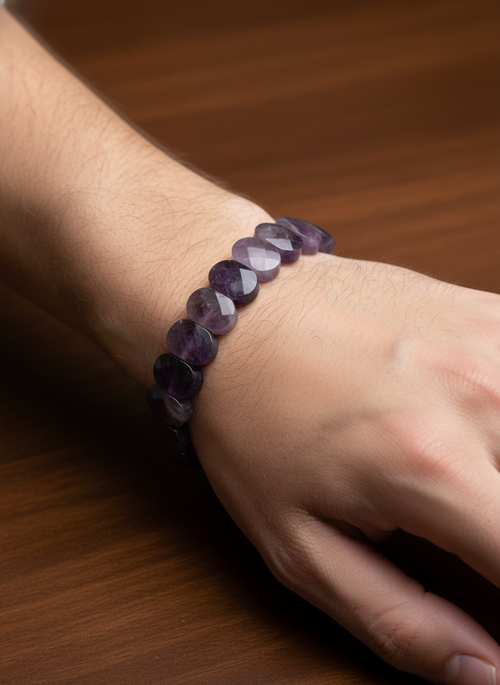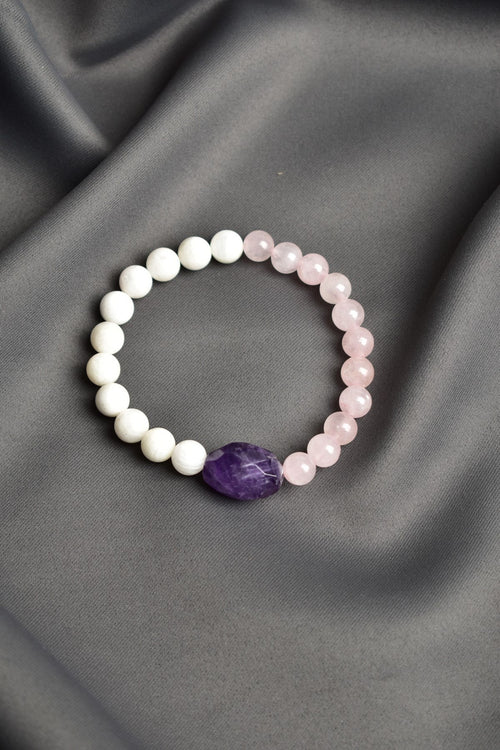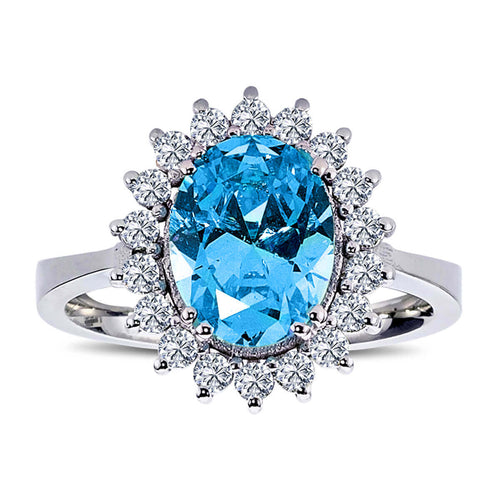ALL PRODUCTS IGSL INTERNATIONAL CERTIFIED
Certification of natural stones is a process to verify the quality, identity and authenticity of the stone. This process is usually carried out by an independent gemological laboratory or a qualified gemologist. Certification provides assurance about the value of the stone and provides detailed information about the stone to the buyer. Here are the basic steps in the certification process of natural stones:
1. Examination and Identification of the Stone
- Identification: The first step in the certification process is to determine the type of stone. The type of stone (e.g. sapphire, emerald, diamond, etc.) determines whether the stone is natural or synthetic.
- Visual Inspection: Visual inspection is done with a microscope by an expert gemologist to evaluate the color, clarity, cut and other physical properties of the stone.
2. Laboratory Tests
- Refractometer Test: This test measures the refractive index of the stone. Every stone has its own refractive index and this feature helps in identifying the stone correctly.
- Spectroscopy: Spectroscopy testing is done to determine how the stone absorbs and reflects light. This test is used to understand the internal structure and chemical composition of the stone.
- Dichroiscope Test: This test is used to determine whether the stone is pleochroic, i.e. whether it shows different colors when viewed from different angles.
- Density Test (Hydrostatic Weighing): This test measures the density (specific gravity) of the stone, which is an important factor in confirming the type and identity of the stone.
- Ultraviolet (UV) Test: Some stones glow a certain color under UV light (fluorescence). This property is used to identify the stone.
- Chemical Analysis: It is done to determine the chemical composition of the stone. This analysis is especially important to understand whether the stone is natural or not.
3. Clarity and Color Grading
- Clarity: Inclusions (internal defects) and external defects found within the stone are examined. This examination determines the clarity level of the stone.
- Color Grading: The color of the stone is usually graded on a color scale. Color is an important factor in determining the value of the stone.
4. Cutting and Dimensioning
- Cut: The cut shape and quality of the stone are examined. Cut is an important factor that determines the shine and general aesthetics of the stone.
- Size: The size of the stone is measured in carats. Carat refers to the weight of the stone and plays an important role in the value of the stone.
5. Preparation of the Report
- Certificate Report: After all tests and examinations are completed, a detailed report is prepared about the stone. This report becomes an official certificate documenting the identity, characteristics and quality of the stone.
-
Specification of Information: The certificate usually includes the following information:
- Type of stone (e.g. sapphire, diamond, emerald, etc.)
- Features such as color, clarity, cut and carat weight
- Whether the stone is natural or synthetic
- Whether the stone has been heat treated or otherwise processed
- Name of the laboratory that issued the certificate and signature of the authorized gemologist
6. Independent Certification Bodies
- Gemological Institute of America (GIA): One of the world's most respected gemological laboratories, the GIA offers certifications for diamonds, colored stones and other gemstones.
- American Gem Society (AGS): AGS offers certifications specifically for diamonds and focuses on the cut quality of diamonds.
- International Gemological Institute (IGI): IGI is another globally recognized gemological laboratory and provides certifications for various gemstones.
- European Gemological Laboratory (EGL): EGL is an international laboratory that verifies the identity and properties of stones.
7. Storing and Using the Certificate
- Importance of Certificate: The certificate of the stone provides assurance to buyers and sellers about the quality and identity of the stone. This document preserves the value of the stone and is used as an important reference in future sales of the stone.
- Storage: It is important to keep the certificate in a safe place, as this document, which certifies the authenticity and value of the stone, should be kept with the stone.
Conclusion
Certification of natural stones is a critical process that verifies the identity, quality and authenticity of the stone. This process is of great importance to both buyers and sellers as certification increases the value of the stone and its reputation in the market. A certificate from a reliable certification body guarantees the authenticity of the stone and is considered an important document when buying or selling any jewelry.



























